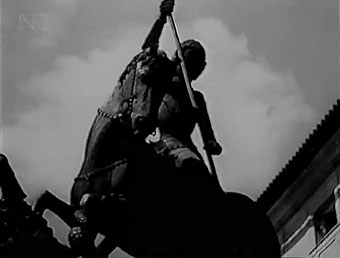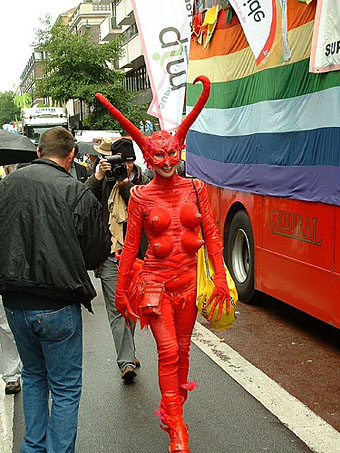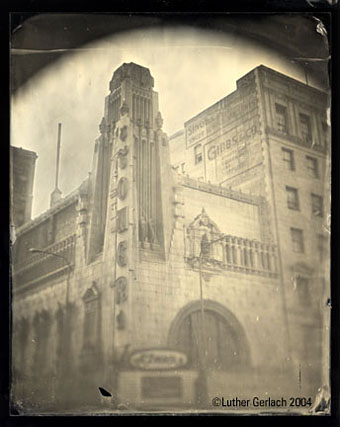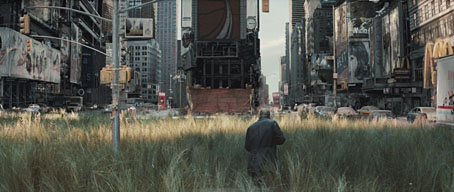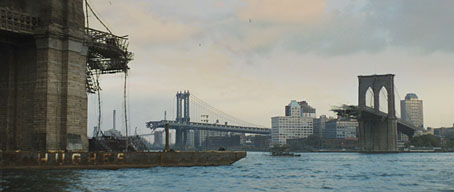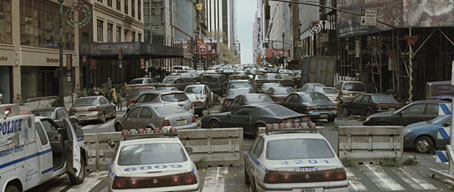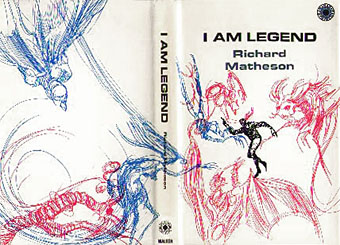Two short films by Maya Deren’s husband are now available for viewing at Ubuweb. I’ve known about Hammid’s work for years but this is the first time I’ve seen any of it so these additions are very welcome. In a reversal of the usual state of affairs, the works of the wife overshadowed those of the husband even though they collaborated on Deren’s most famous film, Meshes of the Afternoon (which is also at Ubuweb).
Of the pair of films, Na Prazskem Hrade (At Prague Castle) (1931) is the most interesting for this Prague fetishist, a disjointed study of the architecture of the city’s castle which turns the building into an expressionist collage. Two obvious associations arise while watching this; one is Franz Kafka who lived for a time in the castle’s Hradcany district at 22 Golden Lane and whose novel, The Castle (1926), is inspired by the dominating presence of the building. The other is the Nazi invasion which took place a few years after the film was made and caused its maker and his wife to flee to America. The Nazi high command controlled the country from Prague Castle so the brief glimpse of marching soldiers in one shot can be seen as an ominous presentiment of the future. The castle has featured in bigger budget productions more recently, including one of my cult films, Steven Soderbergh’s Kafka (1991), and the underrated The Illusionist (2006) where Prague masqueraded as turn-of-the-century Vienna.
Previously on { feuilleton }
• Jan Svankmajer: The Complete Short Films
• Meshes of the Afternoon by Maya Deren
• How to disappear completely
• Karel Plicka’s views of Prague
• Giant mantis invades Prague
• Barta’s Golem

